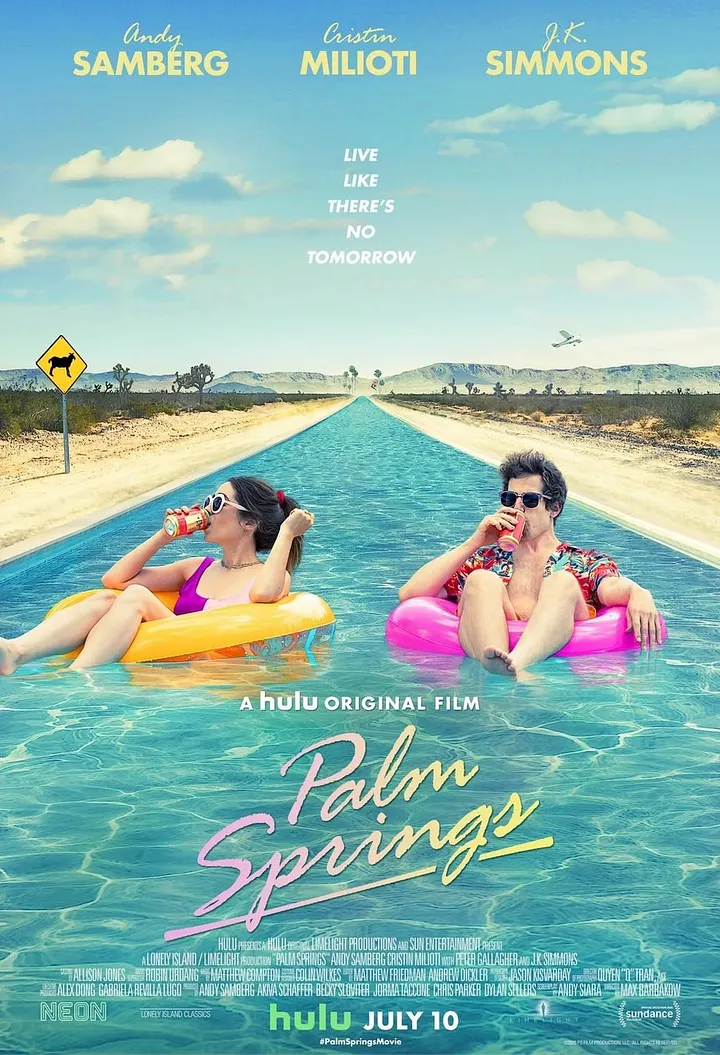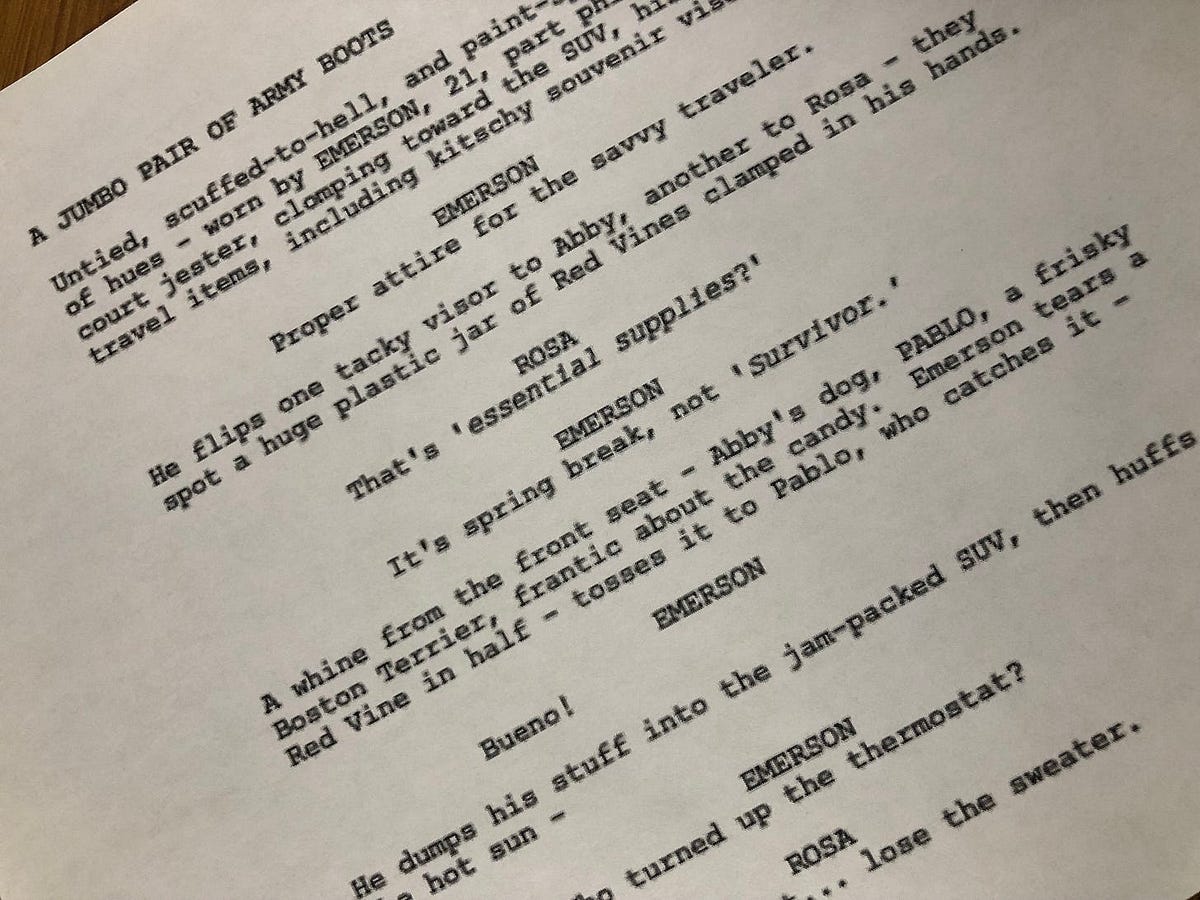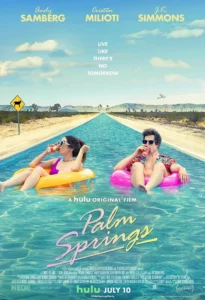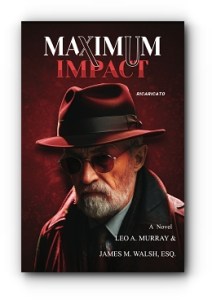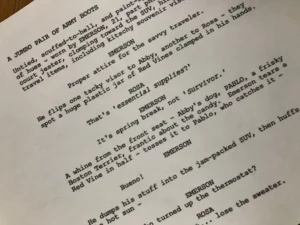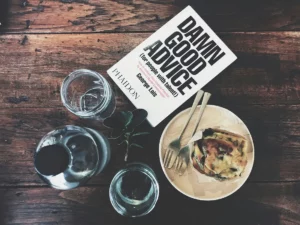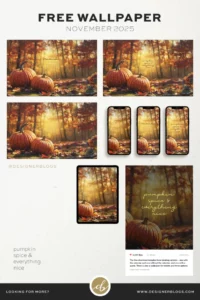“From Pocket to Projector: Discover How Jamie Grefe Filmed Two Movies on His Phone!”
Jamie Grefe
I mean, I just I go about it. I just I just use my ears. I just mix it together. I watch the levels. I keep things under the red. If it hits red, that’s not good. If it hits a little yellow, even you got to pay attention, go back and produce it, pull it down a little bit. And I’ll make sure that as I’m watching the movie, you know, what I’ll do is I’ll do a whole pass of the movie, export render it, watch it, watch it just completely like I’m watching a movie, and then I will just see everything, not wrong with it, not like in a frustrating way, but I will see like what needs to be done, you know, and then as I go back, it’s like, it’s like, it’s like, I’m like a sculptor who, that’s like the raw material, and then I’m and then I’m carving it out. And then finally, I get it carved. And I don’t know how I know, but I just know is good, you know, it’s good. So, in terms of like technical like going to film school, or technically paying, you know, paying attention to certain procedures that I’m sure people who are working on higher budgeted movies are absolutely strictly paying attention to, because their job depends on it. That’s not these, that is not these are very different animals, right? These are these are, I guess you could say modern, very low budget movies, Gonzo, Gorilla, just like Roger Corman, do it, make a movie, you know, and yes, QC it passes QC. Yeah, it’s shot in 4k. Sounds really good. Looks really good. I mean, the audio mix was good when it was shot.
